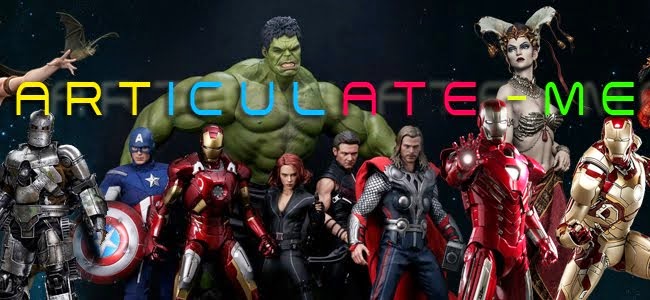I've wanted to write about my one in a lifetime experience trip to the highest peak of Kuala Lumpur a while back now. Fortunately, my old photos at about 7 years now are still in good resolution. Those days the the digital camera is probably 1 or 2 megapixels. Nevertheless, here are the shots of our trip to the gondola level of KLCC Twin Towers.
Photo above showing massive gondola structure supporting the arm carrying the gondola bucket.
You may wonder how we actually gain access to the highest peak of the Petronas Twin Towers. Well, our firm happens to design an upcoming highrise commercial building then which requires a pretty good gondola system. So, maybe to cut the story short, the industry specialist in gondola system invited 4 representatives from our firm to view the existing one in KLCC. After much walking around the back of house (BOH) and through various checkpoints, one of which requires going through a magnetic scanner in the BOH, we were then allowed entry to the upper floors.
For a while I thought we must be going to some highly secured area of sorts. Eventually we reach the gondola level which was in fact higher than all the KLCC floors. The ex-Prime Minister, Tun Mahathir bin Mohamad office was a mere 4 floors down below us.
The gondola arm extending out from the highest peak of KLCC.
It was rather interesting to know that the steel cladding can open around the gondola level at 360 degress and the gondola arm can operate at any facade of the windows all around. The opening sequence of the steel cladding was mesmerizing, kind of like we were transported into the fortress of the 'Dark Knight'. We were allowed to walk out the external perimeter deck of the gondola level. The cross wind was pretty strong and the steel deck are also vibrating. We can actually see thru these steel deck between 2 panels where a gap of 15 to 20mm is showing the earth below. Frankly, our legs were quite shaky standing on the perimeter open deck.
Gondola workers climbing into the bucket in a rather daredevil style.
I must admit although gondola level seems to be the highest peak but there is one last stop which we sort of regretted for not participating and that was the antenna section. The antenna reaches the clouds above at 451.9m (1,482.6ft) and with 88 floors below it, there is no other monument ihigher than this.The antenna seems to be accessible from within the gondola floor level. I manage to take the shot below showing the structural support on the antenna of KLCC. It was some sort of a base plate support from the bottom.

Sadly, it was quite windy and hazy to take a wide shot over the city skyline of Kuala Lumpur. Here's the several other shots which I manage to take on this marvellous trip to the peak of KL. I hope those of us who knew KLCC will know now a bit further in terms of the cleaning mechanism which goes into cleaning of the facade of high rise buildings using gondola.


















